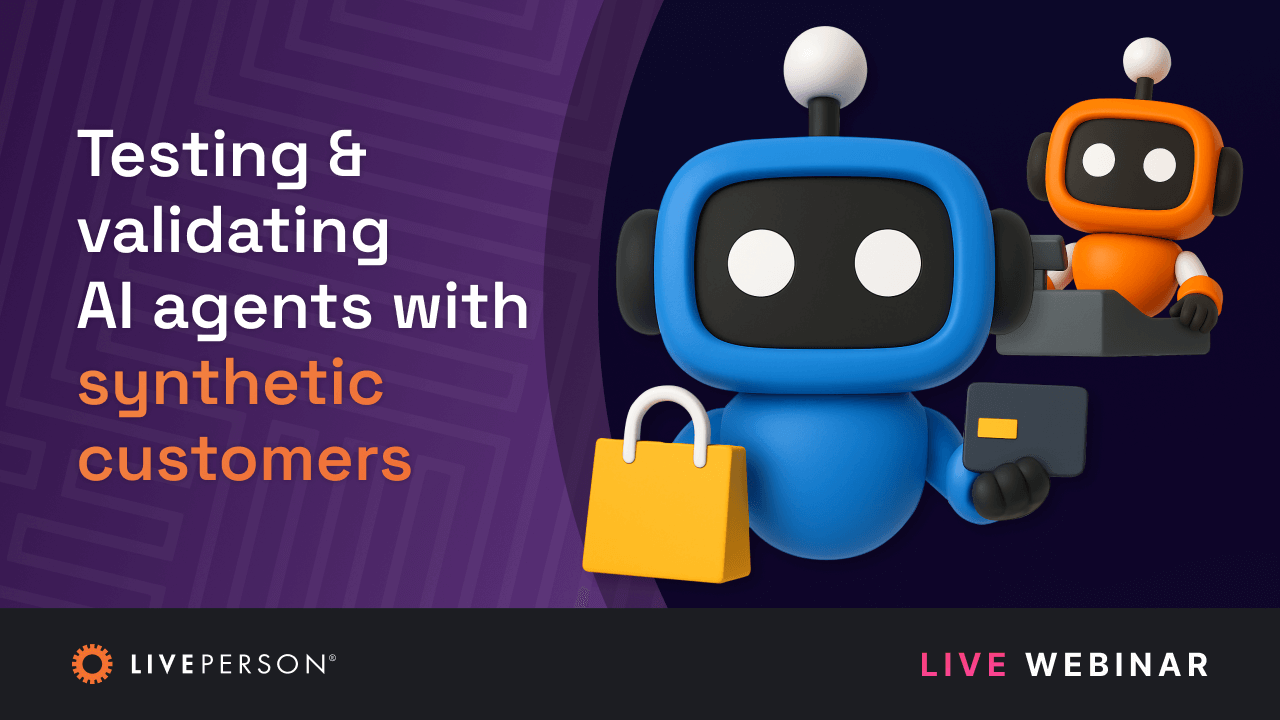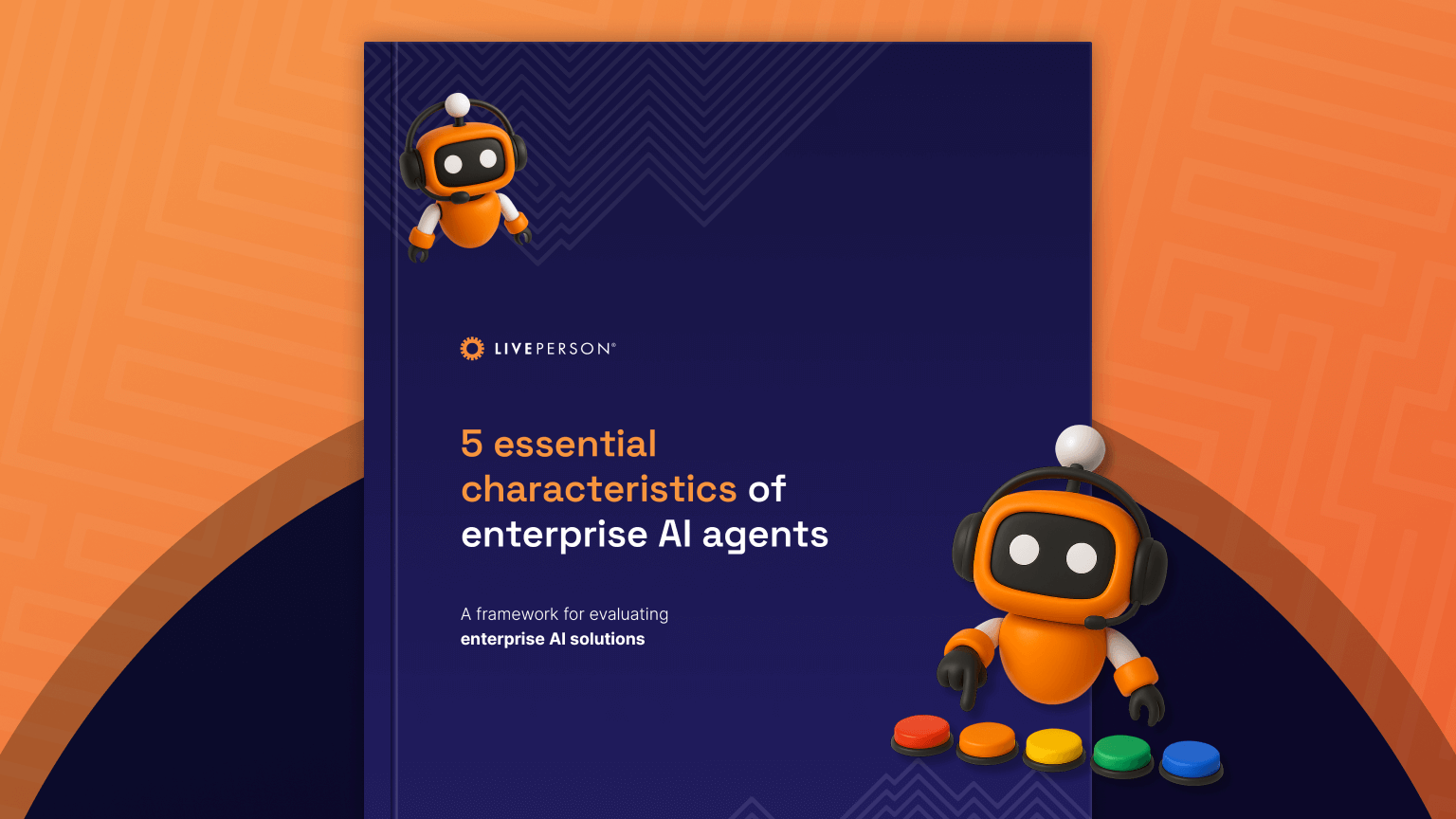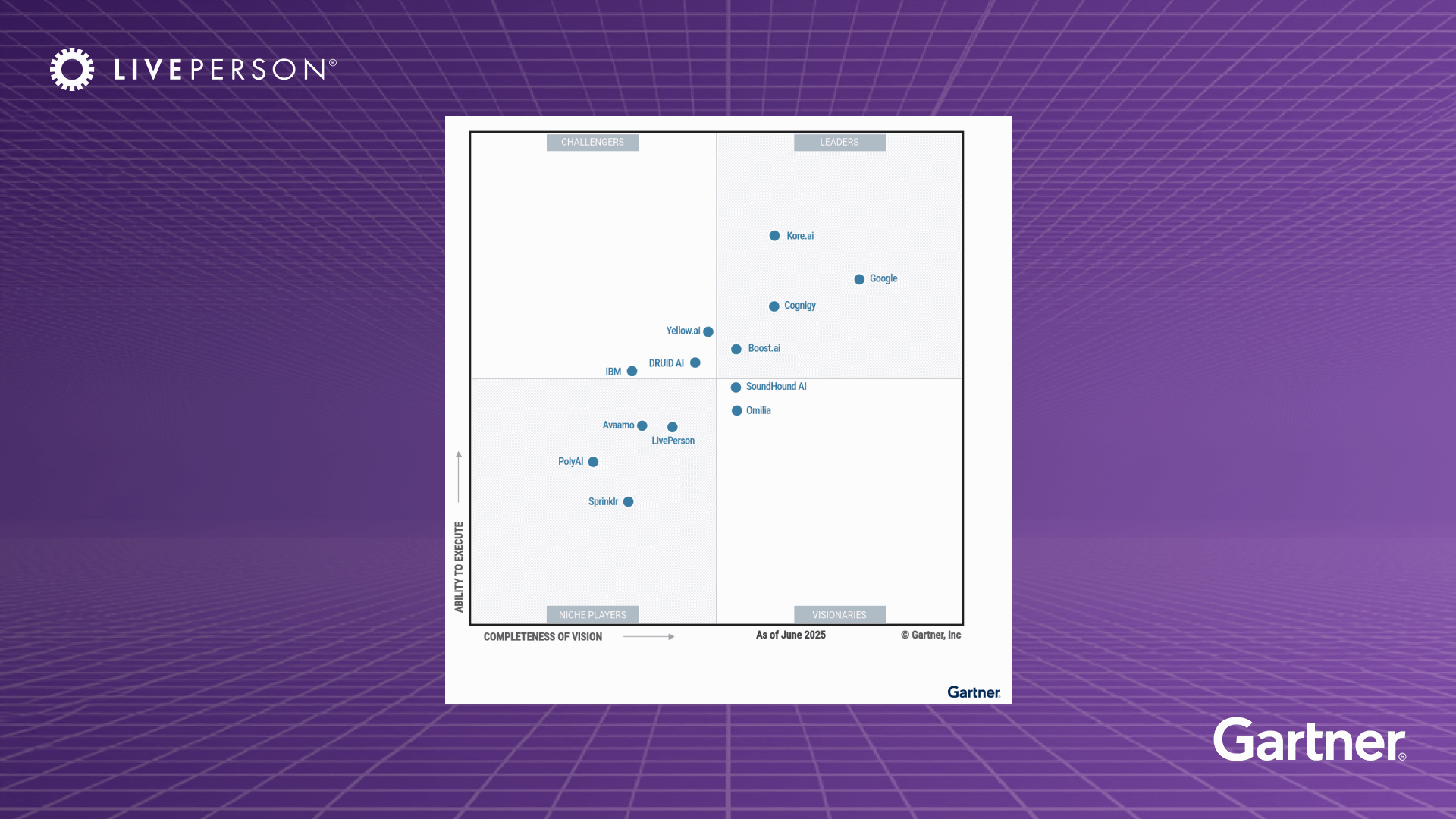article
You can’t scale what you can’t trust: Why enterprises must demand verifiable AI
Trustworthy artificial intelligence systems

Generative AI has captured the imagination of every boardroom. But for enterprise leaders, the real question isn’t what artificial intelligence can do — it’s what you can trust it to do.
Avoid the business risk of “almost right”
The enterprise AI conversation has been dominated by a single metric: hallucination rates. Vendors compete on accuracy, buyers evaluate AI models based on error frequency, and AI teams celebrate new benchmarks. This focus isn’t wrong, but it’s insufficient.
If your AI application can’t explain itself, cite its sources, or stand up to scrutiny by regulatory bodies, it’s not just a technology risk — it’s a business risk. Wrong answers in banking, healthcare, or telecom aren’t minor errors; they’re compliance violations, reputational damage, and millions in potential liability.
That’s why “reducing hallucinations” isn’t enough. Accuracy without proof is just a guess — and guesses don’t scale in enterprise environments.
Verifiable AI is the new standard
The current enterprise AI evaluation framework focuses almost exclusively on statistical performance. Teams measure hallucination rates, response quality scores, and customer satisfaction metrics. When these numbers look good, such systems get deployed more broadly.
This approach fundamentally misunderstands the real requirements of enterprise-grade AI model development. Even the most advanced LLMs will make mistakes — that’s inherent to how these systems work. The critical question isn’t whether mistakes will happen, but whether organizations can identify, contain, and correct them before they cause damage.
The next wave of AI adoption will be defined not by flashy demos, but by verifiability and reliability. Enterprises will demand use of AI systems that can:
- Prove where every answer comes from with specific citations to approved knowledge sources.
- Flag low-confidence responses before they reach the customer through built-in risk scoring.
- Accelerate compliance reviews instead of slowing them down with complete audit trails.
When AI outputs are verifiable, enterprises gain something bigger than efficiency: they gain confidence. Confidence to roll out new experiences faster. Confidence to meet regulatory demands head-on. Confidence to trust AI at scale.
The enterprise outcomes at stake
I see this every week in conversations with Fortune 100 leaders: Those who invest in verifiable, trustworthy AI are pulling ahead, because it changes the game in three ways:
- Speed to market: Enterprises with governed, verifiable AI are launching CX initiatives in weeks, not months. LivePerson customers are launching verifiable AI systems without the extended compliance review cycles that delay traditional AI implementations.
- Regulatory advantage: Compliance approvals happen up to 2x faster when AI can show its work. Organizations with verifiable AI are seeing faster regulatory sign-off because auditors can easily validate that AI responses align with approved policies and procedures.
- Customer trust: When every AI answer is backed by a trusted source, escalation rates drop and customer confidence grows. When AI responses are grounded in the same sources that human agents trust, customers receive consistent, authoritative information that resolves inquiries without requiring additional verification.
This is the difference between pilots that stall out and AI technologies that scale across the enterprise.
We’re seeing this proven in production: 4 Fortune 100 organizations are currently using verifiability scoring in production deployments, with embedded citations and source chaining integrated directly into their CX workflows, achieving 90%+ verifiability rates across high-stakes deployments.
Why LivePerson is leaning in to verifiable, trustworthy AI models
At LivePerson, we call this the Trust Layer: an orchestration framework that makes verifiability a KPI of AI development, not an afterthought. It’s helping some of the world’s most regulated enterprises move from testing to transformation — without losing control.
LivePerson’s Trust Layer represents this evolution of explainable AI, connecting every AI response to concrete sources that enterprise teams can validate, audit, and defend:
- Approved knowledge base integration: Every AI output traces back to your organization’s single source of truth.
- Source-cited response generation: AI systems provide specific citations showing exactly which approved documents support each piece of information.
- Risk scoring and confidence frameworks: Advanced systems evaluate their own confidence levels and flag potentially problematic outputs before they reach customers.
But the real point isn’t the tech. It’s what verifiability unlocks: faster launches, lower risk, and AI trustworthiness you can finally put your brand behind.
Bottom line
If you can’t verify your AI, you can’t trust it. And if you can’t trust it, you can’t scale it.
The fundamental barrier to enterprise AI scaling isn’t technical capability — it’s organizational confidence. Enterprises don’t expand AI deployment just because systems work “most of the time.” They scale AI because it works consistently and they can stand behind every output with confidence.
Enterprises that understand this are already separating themselves from the pack. Those that don’t will be left with AI that’s impressive in demos, but impossible to deploy in the real world.
Hallucinations are a symptom of a deeper challenge. The real problem isn’t that AI sometimes gets things wrong — it’s that most AI systems can’t prove when they’re right. You can’t scale what you can’t verify.
Ready to see how verifiable AI can transform your customer experience while maintaining complete governance and control?
Learn how leading enterprises are scaling AI with confidence, not just capability.



